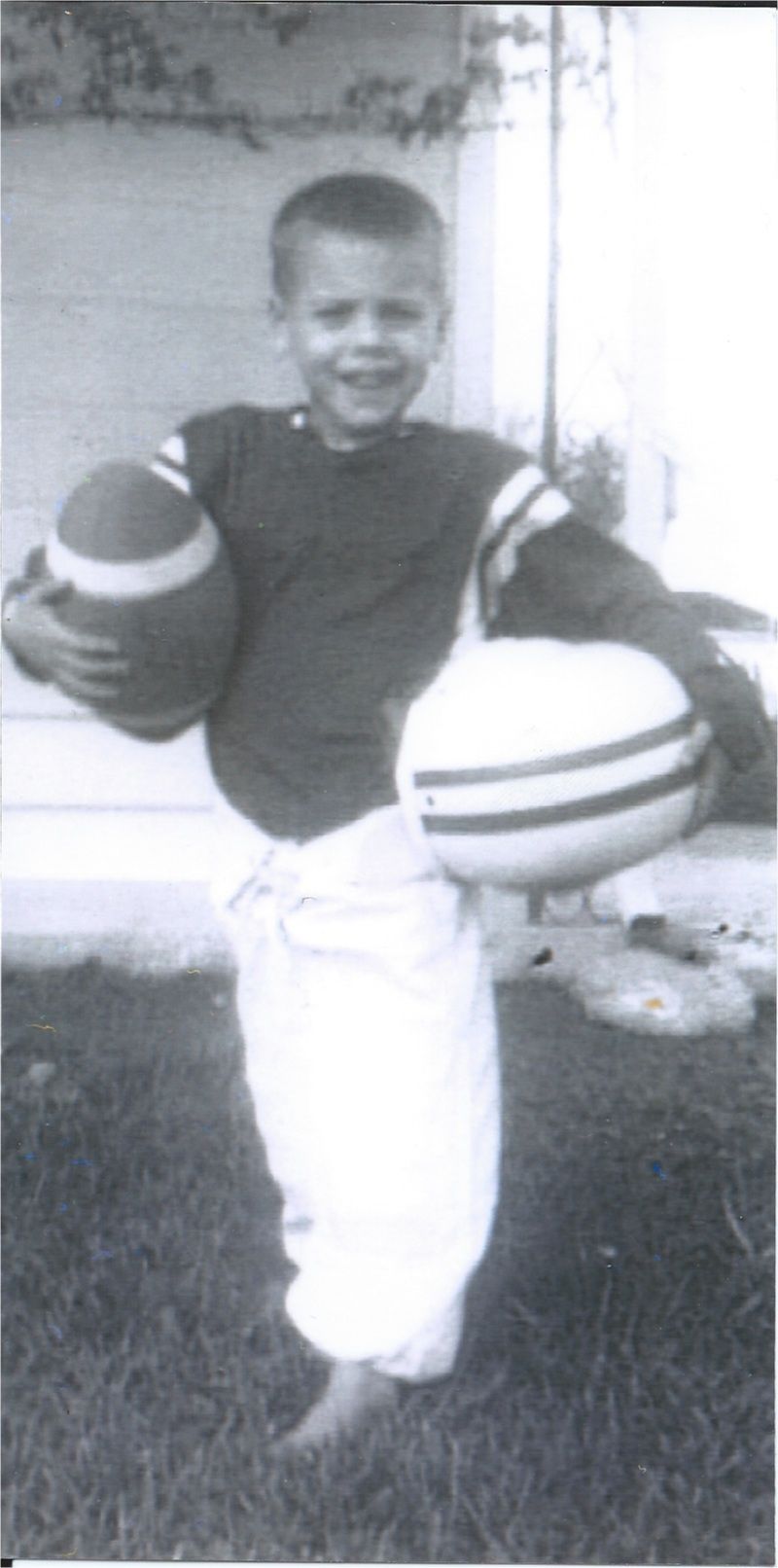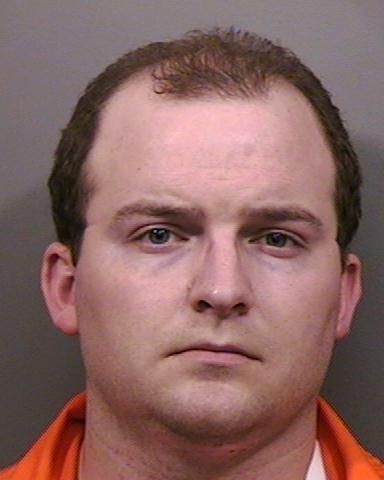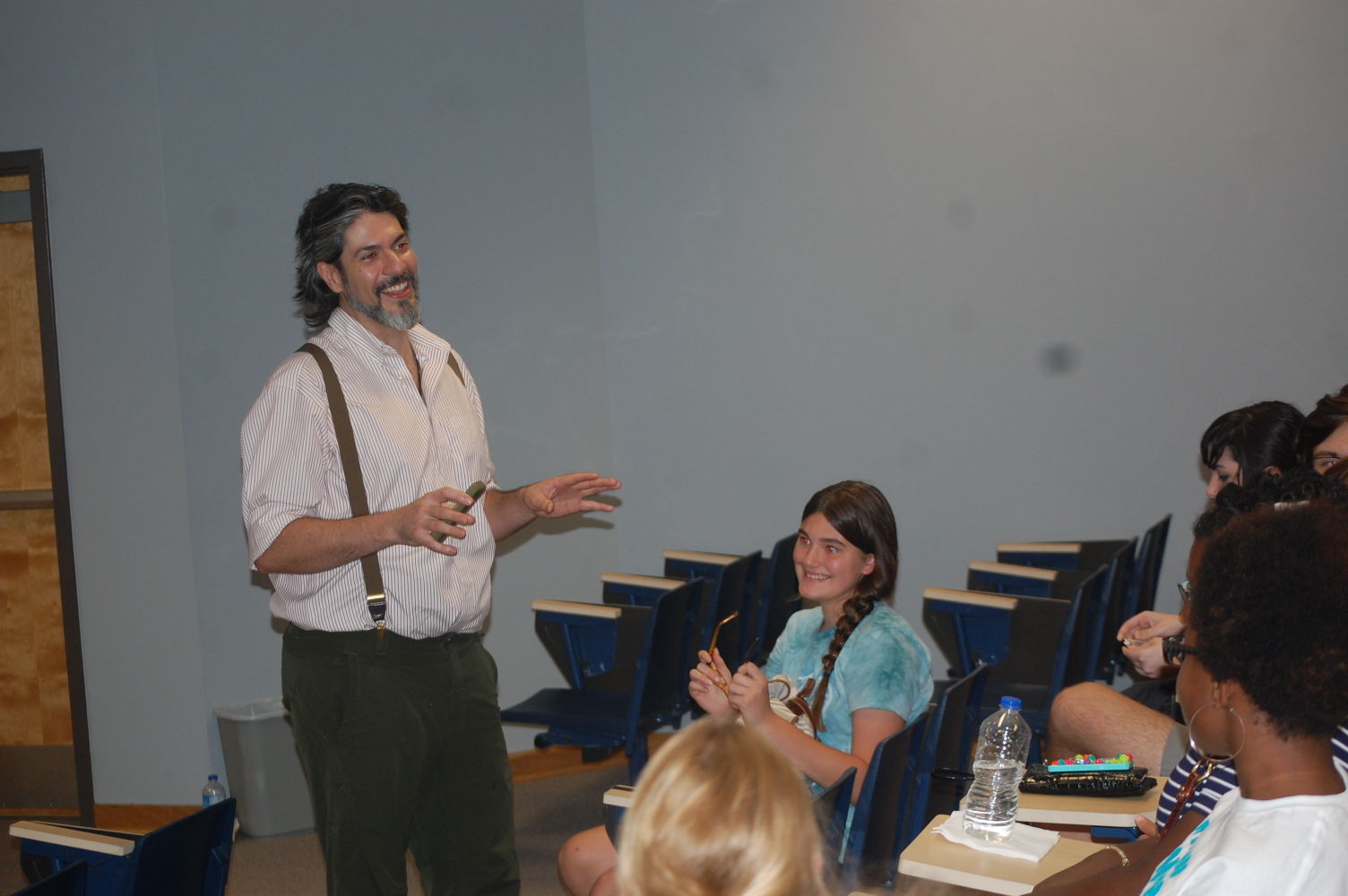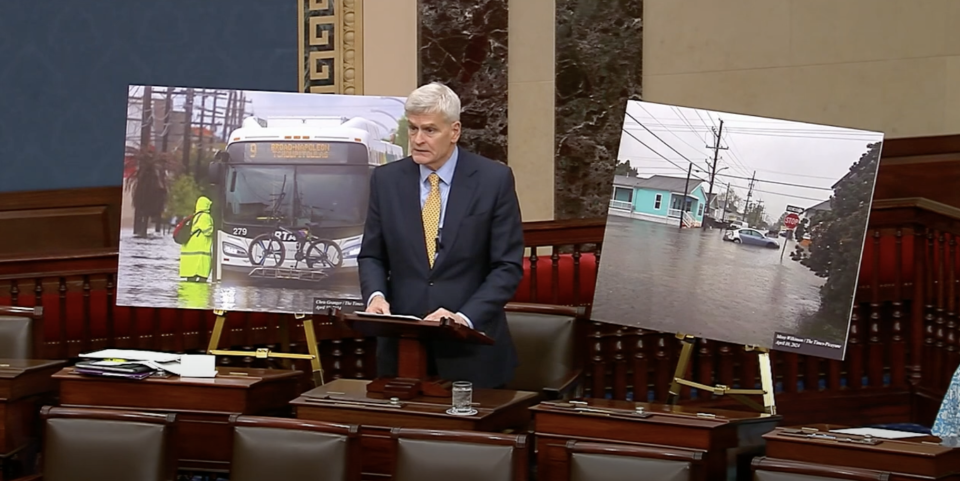
The Cajun Cannon lives on: Former Saint was once a budding SL Tarpon
August 26, 2014
Docs: Energy drink fueled Louviere
August 26, 2014Local high school students participated in the Discovery Center’s Wetlands Youth Summit last weekend in an effort to help restore the coastline and make Terrebonne Parish a cleaner place.
The students divided into two groups; one group planned a water quality control project for Terrebonne Parish, while the other group will work with Coastal Restoration and Preservation Terrebonne Parish Consolidated Government Director Nicholas Matherne. The project with Matherne still has to be identified.
Executive Director of the Wetlands Discovery Center Jonathan Foret was pleased with the turnout for the event.
“We had some really dedicated kids who helped develop two action plans that I intend to help implement over the next year or so,” Foret said. “It was a long day (Saturday).”
The students involved with the water quality control plan will work with Barataria-Terrebonne National Estuary Program’s (BTNEP) grant program through Walmart to help folks that live along Bayou Terrebonne.
“Through that grant program, they help folks along Bayou Lafourche. They discussed trying to replicate that kind of program in Terrebonne as well,” Foret said. “If there is a program working in Lafourche, it would be great to replicate it in Terrebonne.”
Program Director of the Bayou Land Resource Conservation and Development Council Jennifer Roberts spoke to those students about the sewage pollution problem in Bayou Terrebonne. Roberts spoke to students in regards to folks not knowing about the issues.
The students will send a letter out to the residents of the parish to raise awareness and get folks to check their sewage system to help solve the issues.
“When they get their water bills, a letter will come with it that says to check their sewage system,” Wetlands Youth Advisory Council Vice President Tyler Legnon said. “I knew the bayou was polluted with trash. I had never heard of the sewage leaking so I was shocked.”
In the same letter, Students will also advise people living along the bayou to cut their grass near the water due to trash build up in the tall grass.
“I did that before and when I cut it, there was trash all throughout the grass. It looked like it had been there for a while. It did not look dirty from the everyday perspective,” Legnon said. “There was a bunch in just my little section of the yard so there could be more along the bayou.”
More action will be taken in the future. The letters to the community are only in the beginning stages of the action plan.
The second action plan will go through the Coastal Wetlands Planning, Protection and Restoration Act program. CWPPRA is an annual funding source that expends roughly $80 million across 19 parishes, according to Matherne.
“Each project costs anywhere from $20 to $25 million, so only three or four projects get funded for construction and then engineering and design,” Matherne said.
Matherne and his staff will work with the students of the Youth Summit and also the Future Leaders of America Gulf Group to propose projects between now and January.
The Coastal Restoration staff will work with students to help restore land in the eastern part of the Terrebonne Basin.
“We do not have enough sediment coming in to that part of the system to replenish itself. The western part of Terrebonne receives a great deal of benefits from the Atchafalaya River to the west. The eastern part is where we see most of our land loss problems,” Matherne said.
The CWPPRA program takes public comments into consideration when making decisions about which projects will move forward. Matherne believes having high school students can make a tremendous difference in getting funded.
“Having more voices coming out in support has a huge impact on the selection process because it is so competitive,” Matherne said.
After the weekends, students feel positive about their action plans and intend to get other peers involved.
“Everyone talked about going back to school and getting more groups like student council involved,” Legnon said. “We want more people to help our community even more.”
While the first part of Saturday was designed for education and planning, the second part of the day was used for the “Wetland Olympics.”
“When we got to the Wetlands Olympics, they enjoyed being able to go outside and play different games because they had so much information thrown at them,” Foret said.
The two groups competed against each other in a number of competitions including a crab carry relay where students used tongs to carry live crabs. The crab carry ended in a tie forcing overtime where students had to carry two sets of tongs with a live crab in each.
“People were screaming and hollering because the crabs got too close. It was just funny,” Legnon said. “My team won which was awesome.”
Other events included a trawl net tug-of-war, a nutria shoot where students used Nerf guns to shoot pictures of Nutria on water bottles and a boiled Apple Snail relay where students held spoons in their mouths with Apple Snail shells on them.
“It was a long day, but it was well balanced. We had the kids moving and we had the kids thinking,” Foret said.
Wetlands Discovery Center Executive Director Jonathan Foret talks with his students at Friday night’s seafood social. The event aims to raise awareness about our area’s marches and coastal restoration.










